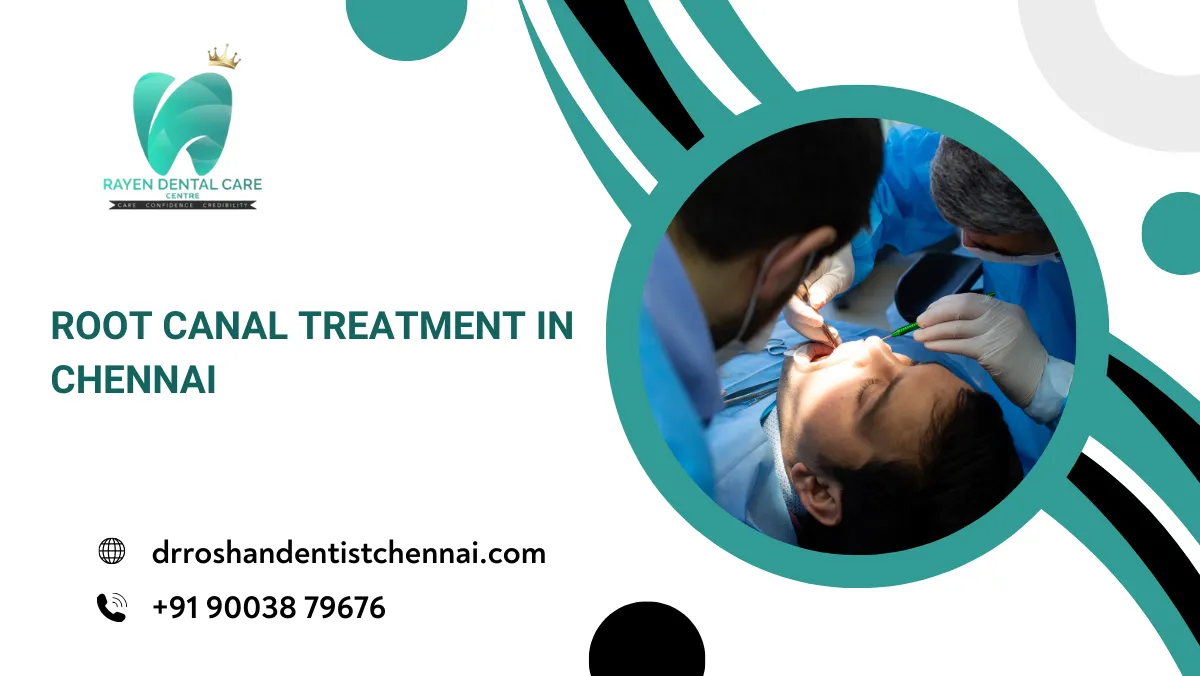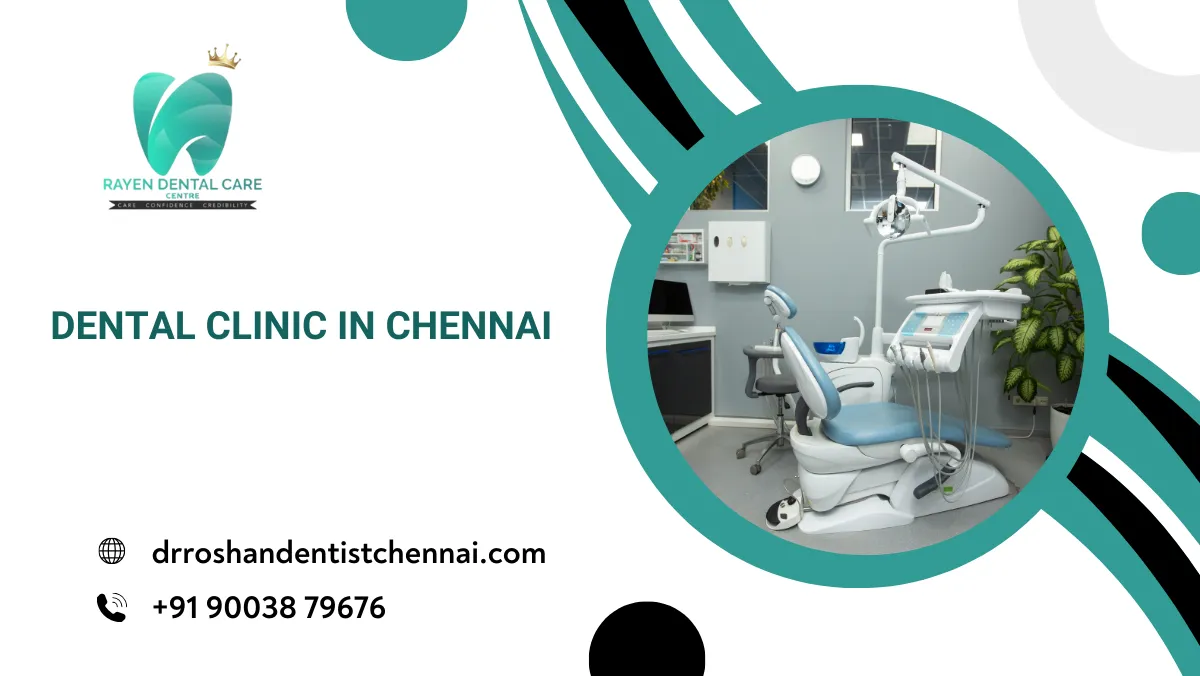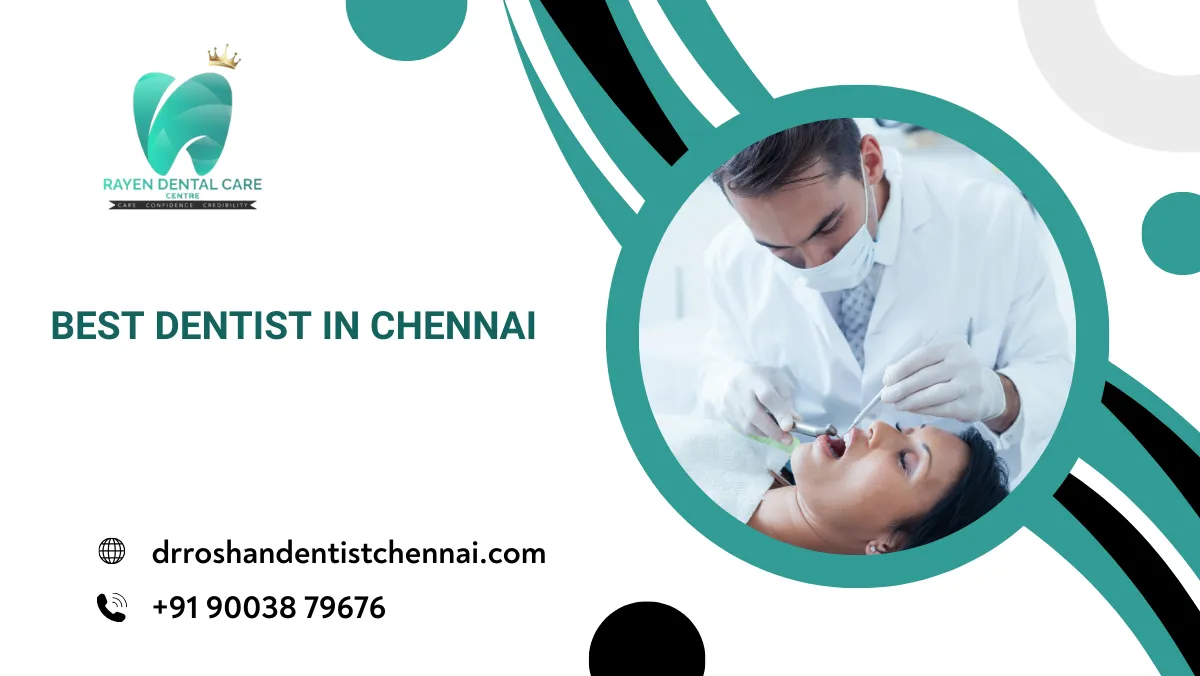Oral cancer screening is a crucial dental procedure aimed at detecting early signs of malignancy in the mouth. It is an essential preventive measure beneficial for both adults and children, significantly enhancing survival rates through timely diagnosis. Oral cancer often progresses without noticeable symptoms until advanced stages, underscoring the importance of routine screenings. Early detection dramatically improves survival rates and is integral to regular dental care. Recognizing the value of oral cancer screening empowers individuals to actively maintain optimal oral health. Regular check-ups can identify lesions and abnormalities at early stages, maximizing the chances of effective treatment and complete recovery.
Oral Cancer Checkup
Regular oral cancer checkups are vital components of comprehensive dental care, facilitating the detection of abnormalities in both adults and children. These thorough evaluations include visual inspections and manual examination of the mouth, throat, gums, and tongue. Early detection of precancerous lesions or growths considerably improves treatment outcomes.
- Importance of Regular Checkups: Routine oral examinations detect early signs of oral cancer before symptoms become apparent. These checkups are critical for individuals of all ages, particularly those with risk factors such as tobacco or alcohol use. Early detection allows for immediate intervention, reducing complications, preventing the progression of potentially severe oral diseases, and significantly improving long-term oral health outcomes. Regular checkups also encourage awareness of oral health, promoting timely professional advice.
- Procedure Details: During an oral cancer checkup, dental professionals meticulously examine the oral cavity for abnormal tissues, sores, or discolorations. Specialized lighting or dyes may enhance visibility. A tactile examination identifies unusual lumps or changes in tissue consistency, ensuring effective detection. The procedure is thorough yet minimally invasive, painless, and quick, ensuring comfort for both adults and children. Additionally, detailed patient history evaluations complement physical examinations to optimize accuracy.
Mouth Cancer Screening
Mouth cancer screening is a preventive practice aimed at detecting malignancies affecting the oral cavity, applicable to both adults and children. Regular screenings significantly decrease mortality rates by enabling early treatment. Mouth cancer can affect various areas, including lips, tongue, cheeks, palate, and gums.
- Screening Techniques: Dentists employ advanced methods, such as visual and tactile inspections, to detect abnormalities. Specialized tools, including fluorescent lights, help identify subtle changes in oral tissues. These quick, efficient, and painless screenings form an essential part of comprehensive dental care. Enhanced techniques like oral rinses and brush biopsies may also be used for detecting more subtle cellular changes, improving diagnostic accuracy and reliability.
- Benefits of Regular Screening: Early identification of mouth cancer significantly enhances survival chances. Screenings detect precancerous or early-stage lesions, facilitating prompt treatment and reducing the complexity of required procedures. Regular screenings, especially for high-risk individuals, promote overall oral health through preventive care, lowering healthcare costs, minimizing the emotional and physical burden of extensive treatments, and improving quality of life.
Early Oral Cancer Detection
Early detection of oral cancer focuses on identifying malignant or precancerous lesions as soon as possible, greatly improving treatment success. Timely diagnosis benefits both adults and children by reducing the necessity for invasive procedures and enhancing prognosis.
- Symptoms and Signs: Awareness of early oral cancer symptoms, such as persistent sores, mouth pain, difficulty swallowing, or unexplained bleeding, is critical. Educating patients, including children, about recognizing these symptoms promotes timely consultation and effective treatment, leading to better health outcomes. Regular awareness campaigns and educational materials further support recognition of these early signs, empowering communities to act swiftly and effectively.
- Impact of Early Detection: Early diagnosis substantially increases the effectiveness of treatments and survival rates. It minimizes the need for extensive surgical interventions, reducing both physical and emotional trauma. Regular screenings ensure timely identification of oral health risks, improving overall well-being in adults and children, maintaining oral functionality, and significantly enhancing post-treatment recovery and rehabilitation.
Oral Malignancy Diagnosis
Accurately diagnosing oral malignancies involves careful examination techniques to precisely identify cancerous tissues. The diagnostic process combines clinical evaluations with advanced imaging and biopsy procedures to confirm malignancy and assess its extent.
- Diagnostic Methods: Dentists use detailed visual examinations supplemented by biopsies when necessary. Imaging techniques such as X-rays, CT scans, and MRIs provide further insights, especially when malignancies extend beyond superficial oral tissues, ensuring a comprehensive diagnosis. Advanced diagnostics help identify the exact location and extent of the disease, improving precision in treatment planning and outcomes.
- Role of Pathology: Biopsy and pathological analysis remain the definitive methods for diagnosing oral cancer. Tissue samples are microscopically examined to confirm malignancy, type, and extent. Accurate pathology results guide treatment strategies, ensuring targeted and effective interventions suitable for all ages. Additionally, pathology reports provide crucial information for ongoing monitoring and follow-up care, facilitating personalized patient management.
Preventive Oral Screening
Preventive oral screening aims to proactively identify risk factors and early signs of oral malignancies. Implementing preventive measures benefits both adults and children by addressing oral health concerns early, through education and timely intervention.
- Risk Assessment: Dentists conduct thorough evaluations of individual risk factors, including tobacco and alcohol use, dietary habits, and genetic predispositions. Identifying high-risk patients allows targeted monitoring and personalized prevention strategies, significantly enhancing oral health outcomes. Comprehensive risk assessments involve patient lifestyle reviews, detailed medical histories, and personalized counseling to reduce future risks.
- Educational Components: Preventive screenings include educating patients about maintaining proper oral hygiene and recognizing early cancer signs. Encouraging awareness and preventive practices, especially among children, establishes lifelong healthy habits, significantly reducing the risk of oral cancers. Educational materials, community outreach programs, and regular dental visits collectively reinforce these preventive practices, fostering a proactive approach to oral health.
Conclusion
Oral cancer screening is vital for maintaining overall health by enabling early detection and effective management of oral malignancies. At Rayen’s Dental Clinic, our skilled dental professionals emphasize preventive care, utilizing advanced diagnostic tools and comprehensive assessments tailored for adults and children. Regular screenings identify potentially serious conditions before they progress, significantly improving prognosis and quality of life. Prioritizing oral cancer screenings helps individuals safeguard their health and ensures enduring oral wellness. Scheduling routine dental checkups facilitates proactive oral healthcare and successful early intervention for potential malignancies.
Read also: Oral Surgery









